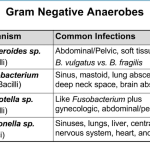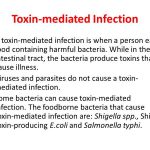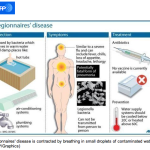
Pasteurella multocida has been recovered from cultures of specimens from the nasopharynx and the gastrointestinal tract of a large number of asymptomatic wild and domestic animals. The highest carriage rates occur in cats (50%-90%), dogs or swine (50%), and rats (15%). Infections are usually preceded by a cat or dog bite or scratch on an extremity.









